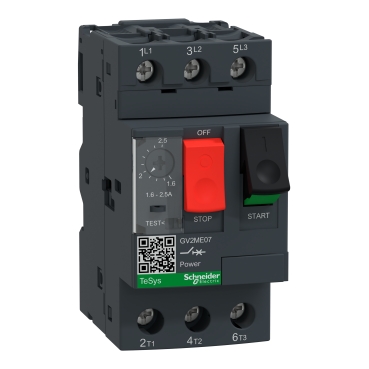mehdi1351
Member
- Location
- New Zealand
- Occupation
- Electrical Engineer
Hello,
I am new to the electrical world, but I think choosing a 10A rated MCB ( Schneider model: A9F55310) for a motor with 0.16A full load current would be not a good idea?
The story is, I have a motor (0.1KW, PFC=0.85, 3ph 415V) and I guess the Full Load Current ,FLC=(0.1/0.85)/(1.73*0.415) =0.16A and I noticed a MCB with 10A rated current is installed to protect the overcurrent/overload!!
That was a bit wired to me, hence wanted to double check with you guys?
Thanks
I am new to the electrical world, but I think choosing a 10A rated MCB ( Schneider model: A9F55310) for a motor with 0.16A full load current would be not a good idea?
The story is, I have a motor (0.1KW, PFC=0.85, 3ph 415V) and I guess the Full Load Current ,FLC=(0.1/0.85)/(1.73*0.415) =0.16A and I noticed a MCB with 10A rated current is installed to protect the overcurrent/overload!!
That was a bit wired to me, hence wanted to double check with you guys?
Thanks

